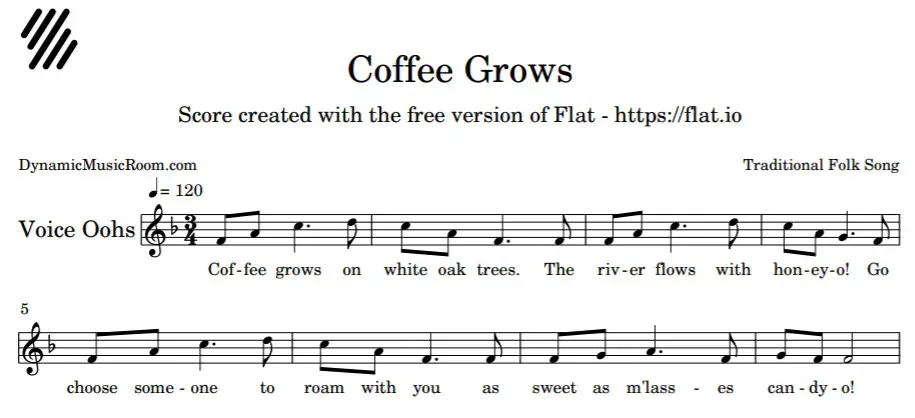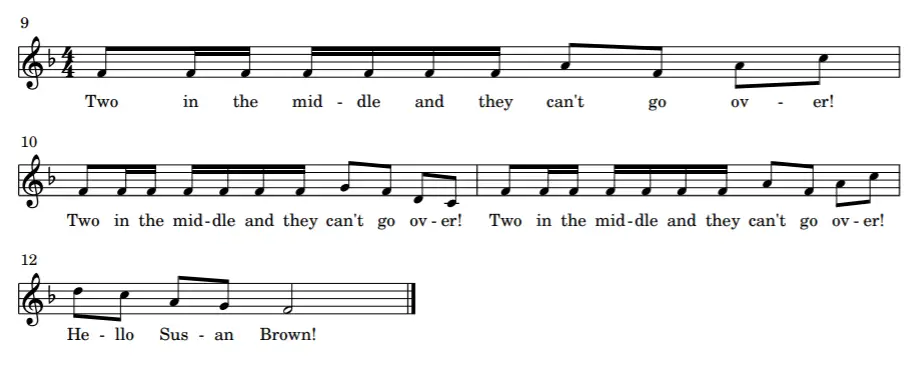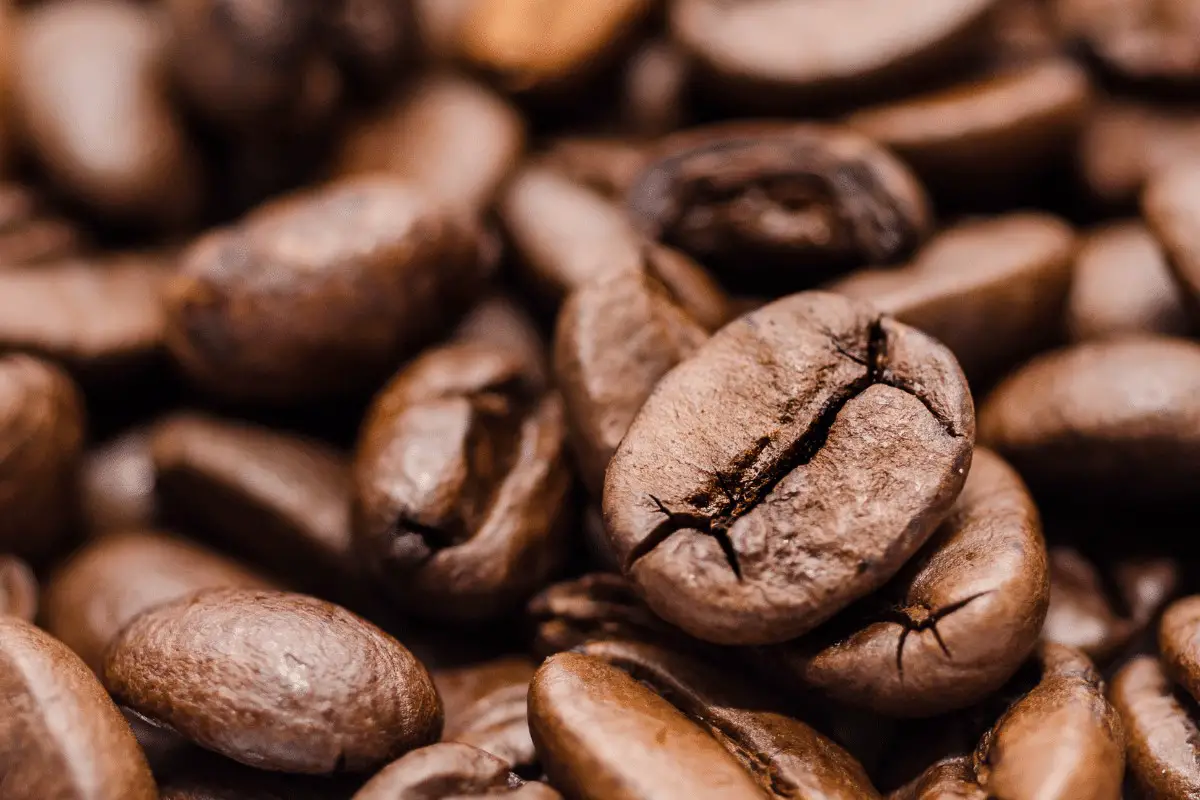Finding songs in 3/4 is tricky, and ones in 3/4 with an isolated Do is even tougher.
And if you want it to be engaging to the older students, it’s even tougher.
Coffee Grows On White Oak Trees is one of those songs that hits all of these points.
In today’s article, let’s look at the sheet music, lyrics, games, origin, and why many don’t play this game anymore.
Warning! Many are not performing this song anymore because there’s some debate on if it has racist connotations (though not as clear as some of the other traditional folk songs).
We’ll also talk about this later on.
Table of Contents
Coffee Grows On White Oak Trees Sheet Music
There is so much to do with this song. The game itself is fun and emphasizes the big difference between 3/4 and 2/4 meters.
The A section features a strong Do-mi-sol motion and pentatonic scale, as well as the dotted quarter and eighth note pattern.
But the B section is powerful on its own too. It features a low la and low sol as well as the single eighth note and two sixteenth note rhythm.


Where I First Heard It: American Folk Song Collection
Grade Level: Third-Fifth grade
Type: Play party (folk dance)
Tonal Center: Do
Range: Octave and Major second
Tone Set: s,l, Drm sl
Rhythm Set: 3/4 and 4/4: Dotted quarter-eighth, eighth-two sixteenth, four sixteenth, half note, eighth notes, quarter note
Form: ab
Suggested Key: F Major
Pitch Focus: Do in the A section. Low la and sol in the B section.
Rhythm Focus: Dotted quarter-eighth in the A section; eighth-two sixteenth in the B section
Coffee Grows Lyrics
There are several variants to the lyrics of this song, but here’s the one I tend to use:
Coffee grows on white oak trees.
The river flows with honey-o.
Go choose someone to roam with you
As sweet as m’lasses candy-o.
*Two in the middle, and you can’t go over.
Two in the middle, and you can’t go over.
Two in the middle, and you can’t go over.
Hello Susan Brown!
*Note: On repetitions of the song, the number and lyrics change:
- Four in the middle, and they all go over…
- Four in the middle, and they jump for joy…
For the variants, the biggest difference you’ll find is in the line: The river flows with honey-o!
In most of the originals, they feature the words: The river flows with brandy-o!
Obviously, we don’t want to sing about alcohol in elementary, so you should probably stick with the honey-o line.
Coffee Grows Game
Here’s how I play the game:
Students are in a four-person square set.
- Chorus: Do a three-step movement. (ex. Slide, tap, tap)
- Verse 1: “Two in the middle and you can’t go over.” (Head couple and opposite couple step in a bow to each other for 8 counts. Repeat with other couples).
- Verse 2: “Four in the middle, and they all go over.” (Head and opp. Couple take hands making a circle and then switch spots. Repeat with other couples.)
- Verse 3: “Four in the middle and they jump for joy.” (Head and opp. Couples step in and left-arm swing opposites; right arm swing partner then step back to the original position. Repeat with other couples.
Coffee Grows On White Oak Trees Origin And Debate On Appropriateness
There are two main versions of this song out there.
The one most of us know is from the Library of Congress and collected by John Lomax.
It was collected in Austin, Texas, in 1936 at a school. It features a slightly more involved play party.
The earliest version of this song written down is in Thomas W. Talley’s 1922 collection, Negro Folk Rhymes: Wise & Otherwise.
He wrote it as a parody of the original to be derogatory to African-Americans. Many music teachers refuse to teach it because of this version (and I’ll admit, I avoid it myself).
However, there is evidence of other songs at the time close enough to be variants of the Library of Congress version under other names:
- Four in the middle
- Coffee grows
- Hello Susan Brown
This isn’t found in sheet music or collected recordings, but as lyrics written down in other places.
This leads some to believe the Talley version is a rude and inappropriate spin-off of what was otherwise a nice kids’ song at the time.
Without a clear answer, it may be safer to avoid it, but now you know a bit more and can decide on your own.

